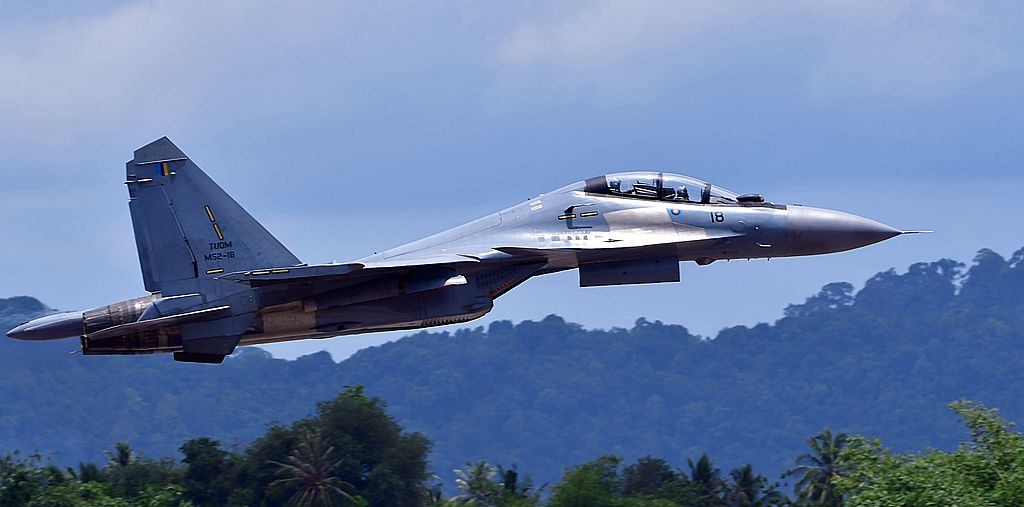
SHAH ALAM: Mark or Not To Mark, thats seems to be the question. Much has been made on the F/A-18D Hornet displayed at LIMA 17 with the 20th-anniversary markings. I took pictures of it but that was the extent of it. Some say it was to celebrate a milestone though this was apparently not shared by many, as none of the VIPs who came made a beeline to the aircraft for pictures or selfies.
Anyhow, 18 Squadron M45-01 was more interesting than the anniversary markings and the training bombs and missiles on her. What is interesting was that she had far more markings on the airframe than the other Hornets. These are not your normal caution markings like “No Step” but to the extent of identifying individual components.
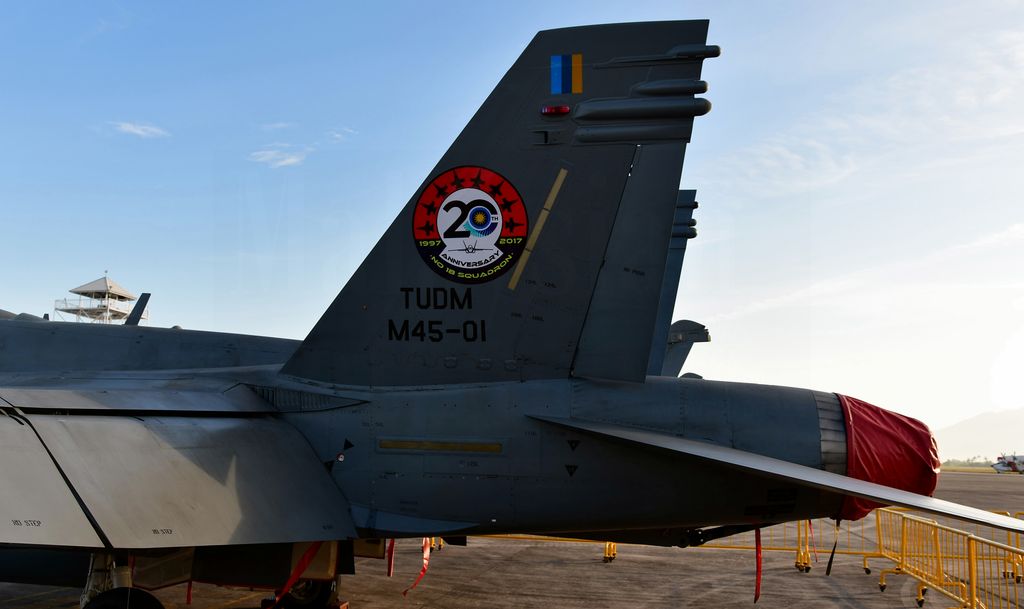
I am told this helps the maintenance section’s engineers and technicians. Although the Hornets come equipped with training manuals and engineering guides, what is the better way to aid engineers and technicians? Markings on the aircraft itself naming the various components.

On M45-01 almost every part of the airframe carried such markings as seen from the photos, above and below. I checked other Hornets displayed at LIMA, they do not have such extensive markings as does the Sukhois.
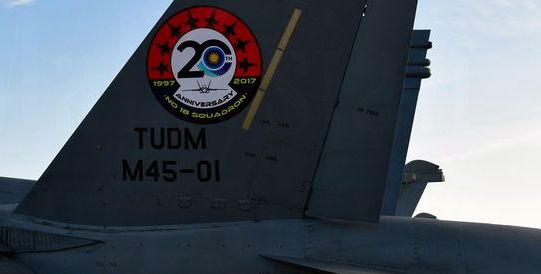
Previously this type of extensive markings was only seen on the Fulcrum M43-03. This, of course, led to questions to former Fulcrum maintainers who explained why it was done. Not all the Fulcrum are marked as extensively as the show aircraft, however.
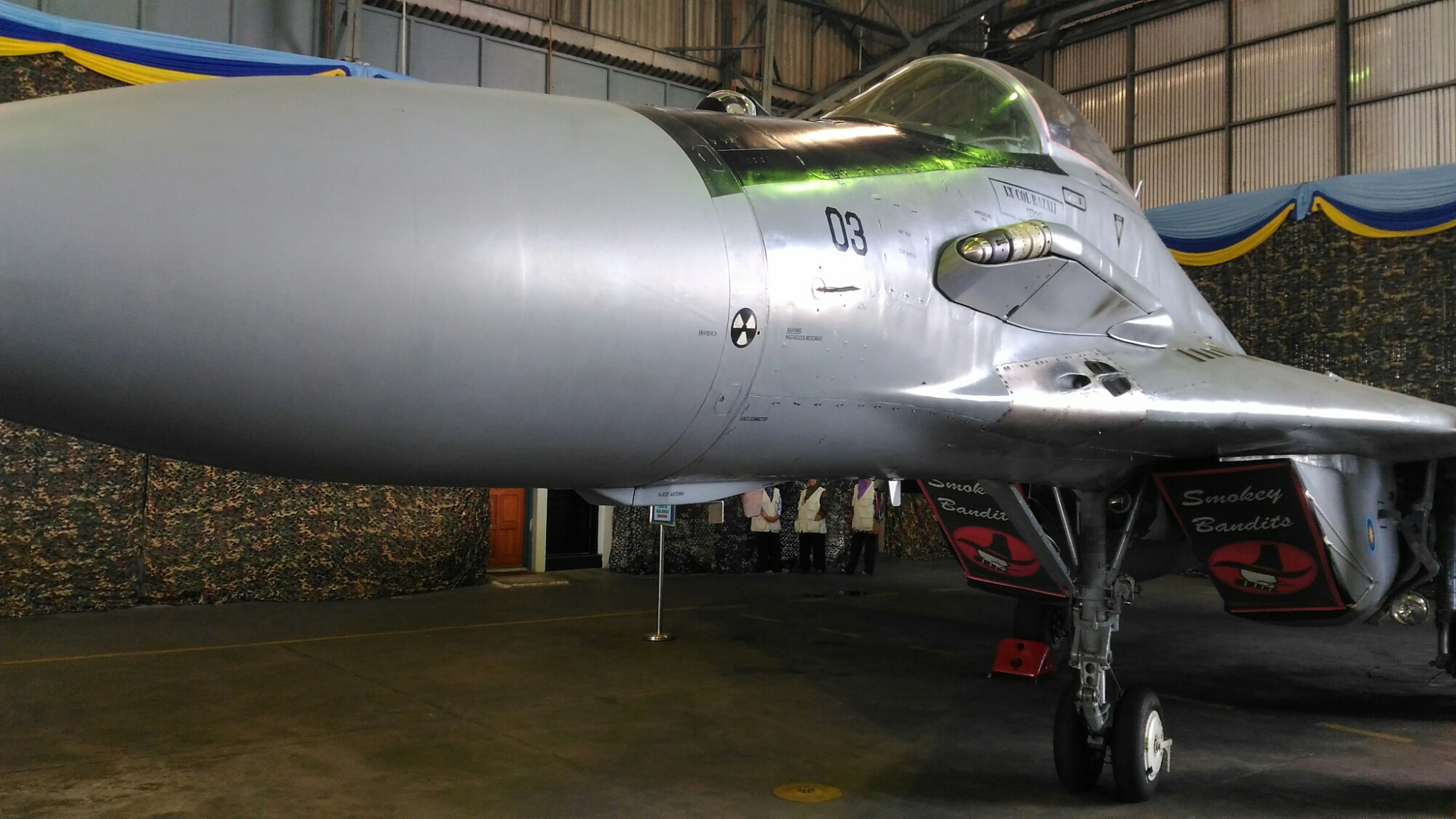
The markings are especially beneficial especially for newbies assigned to do checks on aircraft on the flight line, I am told.
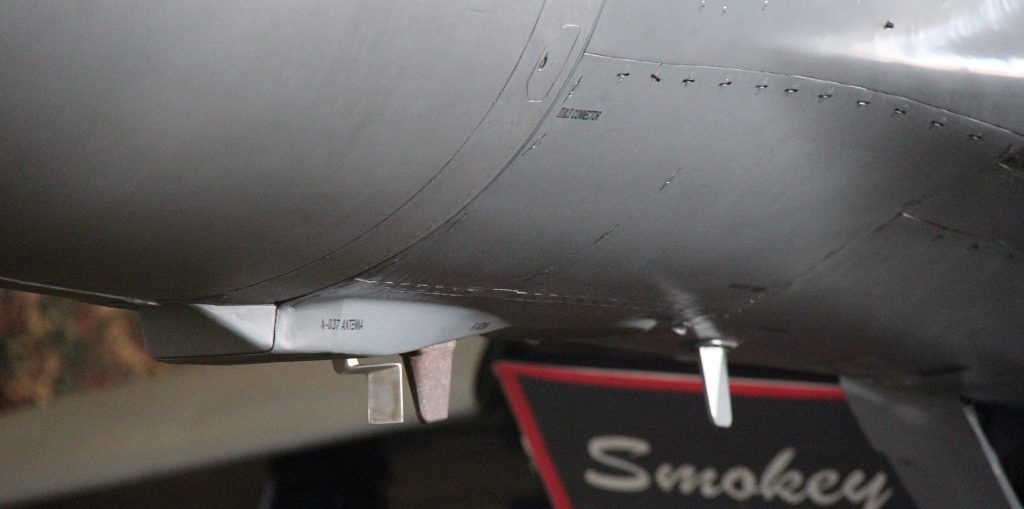
Perhaps it is a mind mapping technique, once you could visualise the components it will be easier to remember exactly where it is located on the airframe without time-consuming consultation with the manual. For older aircraft like the Nuri, manuals are likely a rare item nowdays.
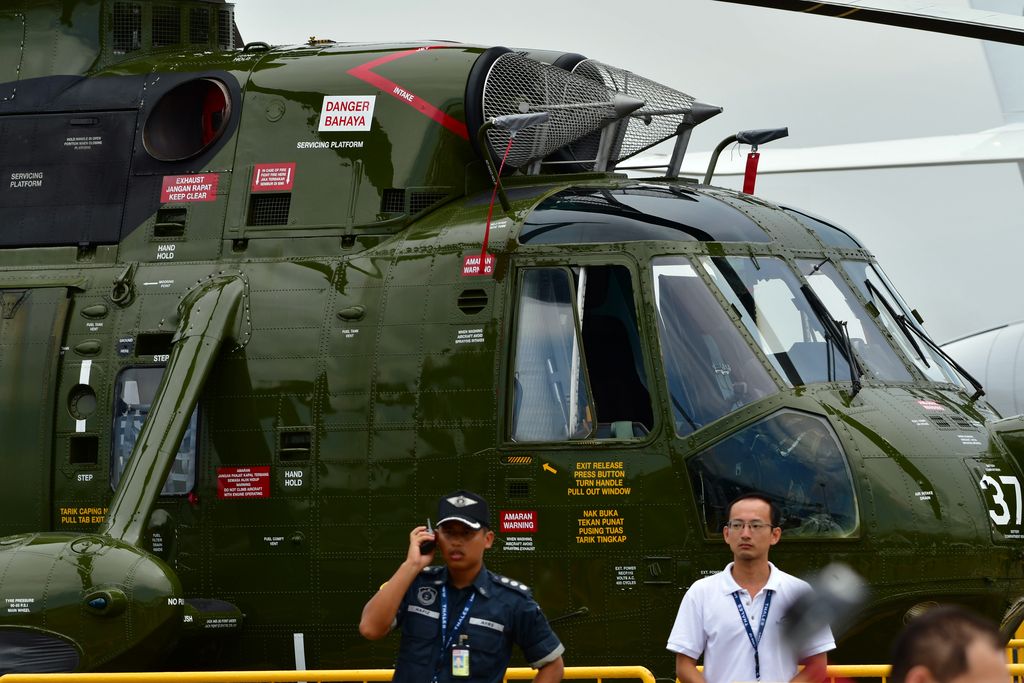
Of course, some things are better done with a manual on hand like arming ordnance (especially if it is not done all the time) but certain things, which is repetitive, should not.
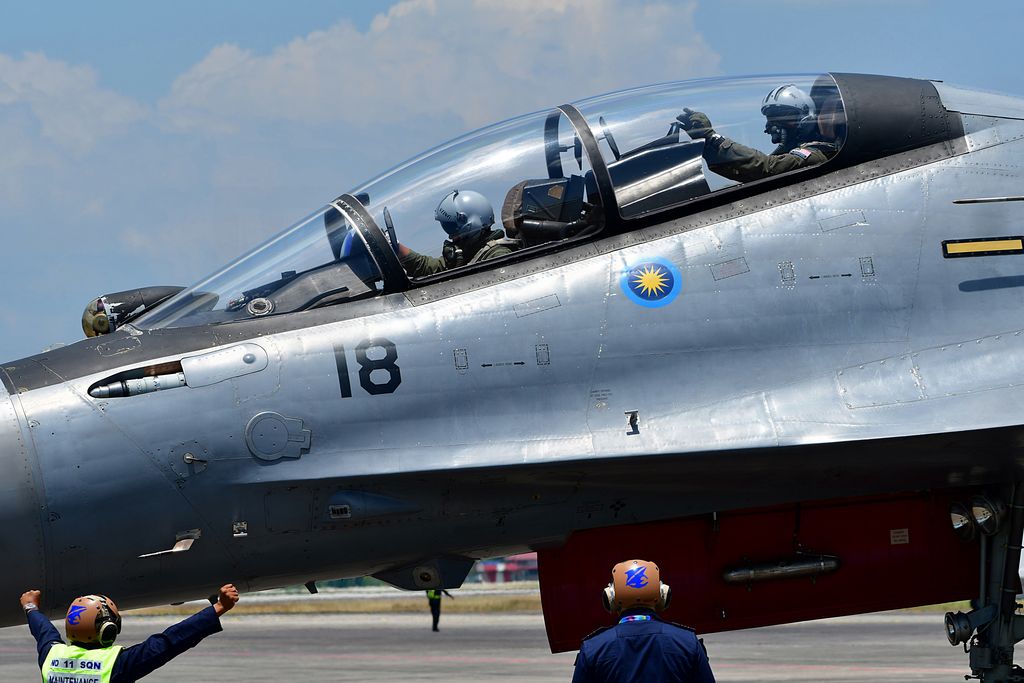
The same markings are also seen on the Nuri M23-37 which had undergone the digital cockpit upgrade. I have not seen other RMAF types with similar markings but it is likely that at least one of each are similarly marked. It is likely other air forces’ aircraft also have similar markings but we have not seen them.
Interesting, you bet, but not enough to make the first day headline. By the way, you can get a copy of an F/A-18 pocket guide by doing a Google search.
— Malaysian Defence
If you like this post, buy me an espresso. Paypal Payment


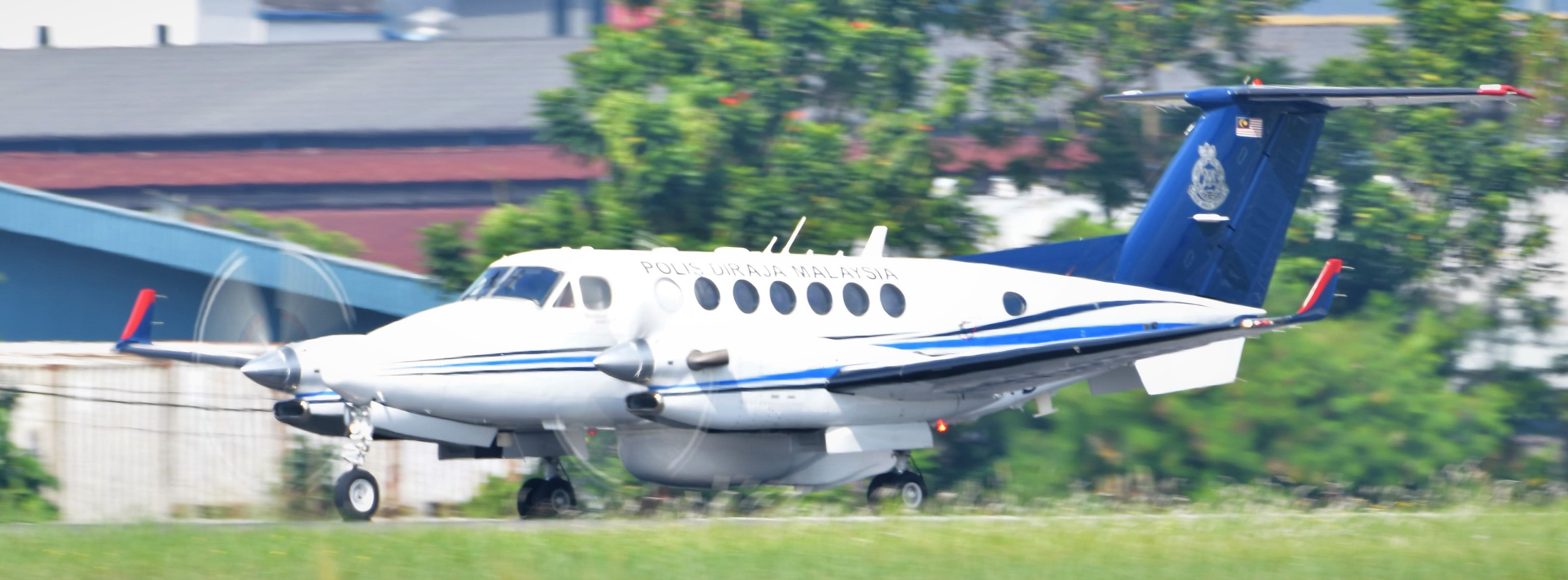

Actually it depends on from where does the aircraft came from. US navy and air force has a thick SOP on what markings, stencillings and the size of national markings and their locations of every single aircraft in their fleet.
For us navy the document is mil-std-2161. The nuri and hornet stencilling adheres to this standards. Google and download this for more info.
As for the additional markings for maintenance training, it is done as tudm does not have a dedicated hornet airframe (non flyable) for maintenance training purposes. I do know that there was extra 2 mig-29 airframe supplied especially for maintenance training.
The cutaway cac sabre airframe in the airforce museum is also once a dedicated maintenance training airframe.
As for our own standards, even the size of the national markings varies from aircraft type. Some has thick rings, some has thin, even the size of the central star varies.
…….. – ”I do know that there was extra 2 mig-29 airframe supplied especially for maintenance training”
It was reported back in the 1990’s that one instructional air frame was included in the deal.
Reply
I believe the instructional airframe is either at Kinrara or KTU. Anyhow the in service airframes are different nowdays as they are fitted with new parts and components as part of the rolling upgrades. So in service airframes are a little different from the instructional airframe
Nice photos Marhalim.
Finally visual proof that we have JDAM. Mention that we had JDAM was was made several years ago but unless I’m mistaken this was the first time they showed it at an exhibition. If memory serves me, Maverick was only first shown publicly in the mid 2000’s.
On the Hawk upgrade, granted money is scarce but it’s a shame that the 200s won’t be receiving any upgrades to fire a BVR. I suppose a big problem is that to date no AESA has been integrated to the 200 [yes before anyone points out like they did before, I’m aware that a BVR can be fired from a non AESA radar]. Equipping the 200’s with a BVR and an AESA no doubt doesn’t transform it into a dedicated fighter but nonetheless the Hawk 200 still plays a useful role as a point defence fighter.
Marhalim,
There was also/is a C-130 instructional air frame at Kinrara. This was provided by Lockheed when we got our 1st batch.
On the ordnance ordered from Rosoboronexport, my guess is that these are Alamo and Archers to replace the ones we got in the 1990’s and which were relifed; some of which ended up with 11 Squadron.
Reply
Not new ones, mostly relifing the ordnance we ordered for the Sukhois. Like the Sukhois, they are also about 10 year old now. I am told the Hawks could fire BVR missiles even with the current radar but in need of further tweaks to the current upgrade. Since it is not included in the upgrade road map, it will not as with data links which should allow the Hawks to fire the missiles from another sensor like an AEW.
Marhalim,
If you understand that there is no such thing as doing a task without manual in aviation, you probably wouldnt go down with some of the sentence.
Reply
Yes probably I am a fool in the rain but as I never saw any of the ground crew checking the manual as they prepped an aircraft for take off or landing so I assumed for repetitive tasks they memorized it. Perhaps after take off and landings they will take out their check list to see if they got everything covered. I stand to be corrected of course
Marhalim,
“assumed for repetitive tasks they memorized it.”
Big no no. This will go down with a L1 NCR finding.
But I meant, I dont think the AF wants you to write these to the public.
Many years ago someone from the company that was contracted to do documentation work for IPTN, showed me one of the CN-235s manuals. It was very thick. There are manuals covering almost every aspect of the aircraft.
Usually those flight line tasks, such as preflight checks, aircraft start up, aircraft shut down etc etc are memorised by the ground crew.
But those that are related to maintenance, such as 10hour/50hour/100hour/annual checks (depends on aircraft types) must be made by technicians/engineers by strictly going through the manual and tech checklists, and thoroughly noted in logbooks.
“Usually those flight line tasks, such as preflight checks, aircraft start up, aircraft shut down etc etc are memorised by the ground crew.”
Not exactly. Before work start, first thing to do, read your schedule, check for manual update and read relevant chapter. Repeat this after every break.